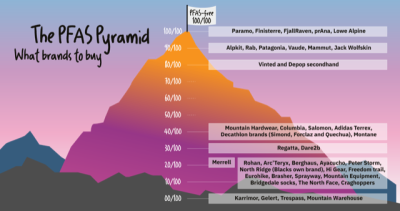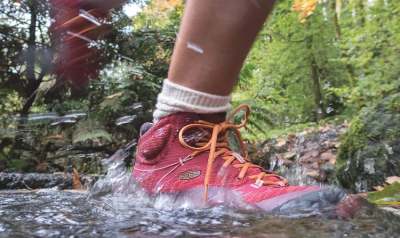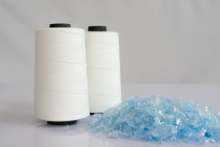Since PFAS were first produced in the 1950s, they have found their way into our homes, cars, offices, and onto our supermarket shelves. They give stain-resistant properties to carpets, furniture, and clothing, and add water repellency to outdoor clothing. They’re added to paints and varnishes, cleaning sprays, and personal care products. They’re even in our kitchens as non-stick coatings on pots and pans, like Teflon, and the paper, board, and compostable food packaging that’s replacing plastic.
Because of this widespread use, PFAS now contaminate water, air, wildlife, and human blood all across the world. More than 99% of people tested have PFAS in their blood, and studies now show babies are born with PFAS already in their bodies because of prenatal exposure. The recent State of Our Rivers 2024 report from The Rivers Trust found that PFAS contaminate almost every river in England.
What are PFAS?
PFAS (per- and polyfluorinated alkyl substances, including PFCs) are a group of around 10,000 harmful industrial chemicals linked to a wide range of health and environmental impacts. In humans, the list includes high cholesterol, ulcerative colitis, thyroid disease, cancers, reproductive problems, and a reduced immune response to tetanus vaccinations. PFAS have also been associated with immunotoxicity. In wildlife, impacts range from changes in the immune system of otters to the brain function of polar bears.
These chemicals are often referred to as ‘Forever Chemicals’ because they are extremely persistent. Once in the environment, they can take thousands of years to break down. They have been labelled “the most persistent human-made chemicals known to date”.
The 2019 film Dark Waters dramatised the pollution in the USA around toxic PFAS dumps and revealed that their manufacturers – 3M and DuPont – knew about their toxicity from the start but kept it quiet. This is similar to the way the tobacco industry long knew about the negative health impacts of smoking, but carried on regardless.
The use of these persistent and highly toxic chemicals in outdoor clothing has gone under the radar for a long time. Greenpeace started campaigning against them in outdoor clothing and equipment in 2015. But most consumers are still unaware of the role they are playing in the perpetuation of ‘forever chemicals’.
The outdoor gear industry tends to refer to these chemicals as PFCs (perfluorochemicals) but we are talking about the same thing. For the sake of simplicity, we will refer to PFAS as PFCs here because that’s what you might see on labels in the shops or on company websites. They may also say ‘fluorocarbon free’.








